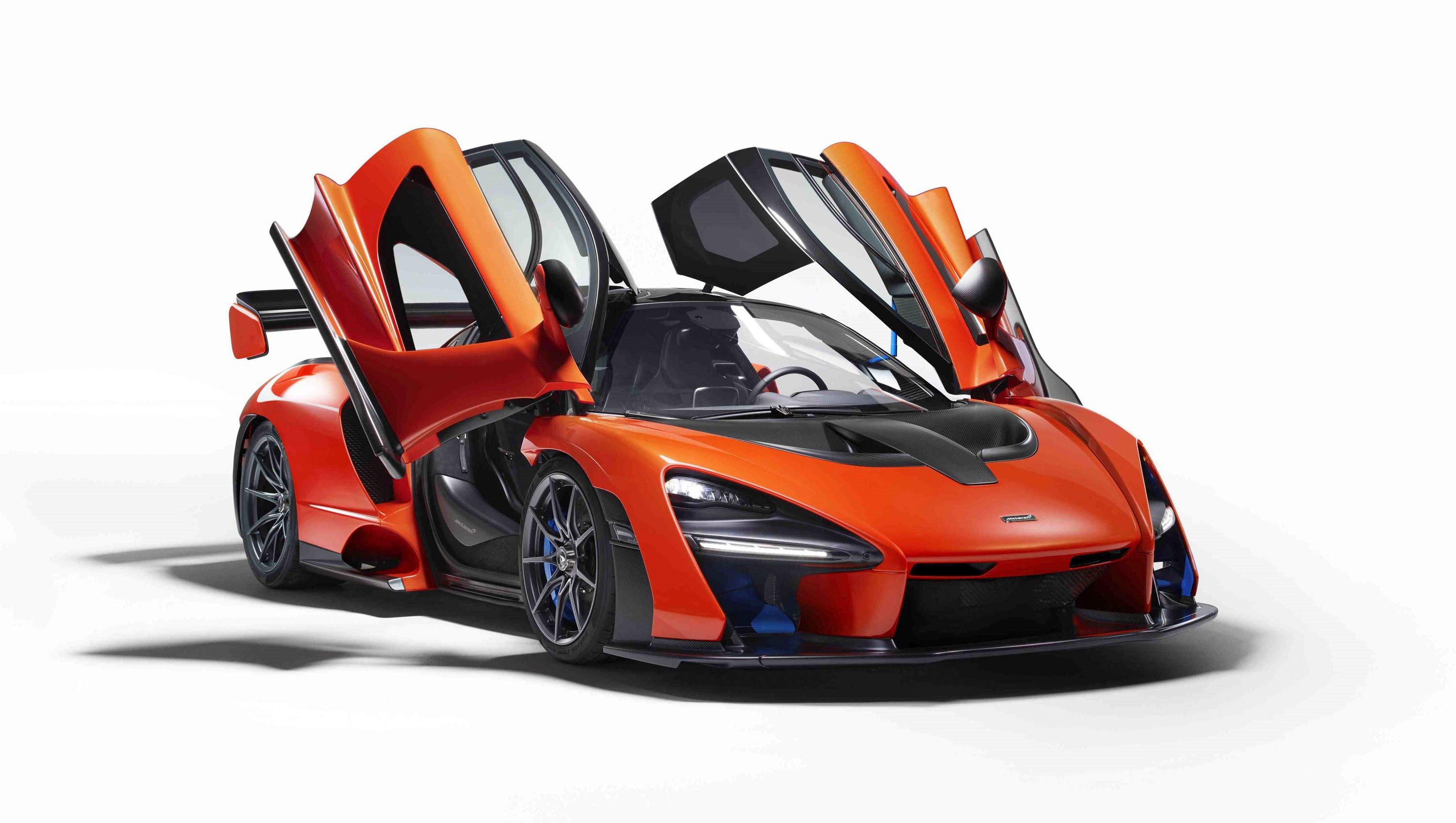While you certainly won’t find us complaining when automakers boast about crazy peak output figures and power-to-weight ratios, it’s always a good idea to put those numbers into perspective. Take the recently released McLaren Senna. Tagged with a name that pays respect to the legendary Brazilian racing driver Ayrton Senna, this machine is offered as the Woking company’s “most extreme” road car ever created. Not only does it have the most powerful engine to ever bless a street-legal McLaren, with 789 horsepower and 590 pound-feet of torque hitting the rear axle by way of a turbocharged 4.0-liter V-8, but its also the lightest street-legal McLaren ever made, tipping the scales at a scant 2,641 pounds thanks to oodles of exotic materials and motorsports-inspired construction. That’s the dry weight, by the way, not the curb weight. The end result is 658 horsepower per metric ton, or 598 horsepower per U.S. ton.
Impressive stuff, no doubt about it. That power-to-weight ratio bests even the mighty P1, which lays down 903 hybridized horses to motivate 3,075 pounds of dry weight, which calculates to 587 horsepower per U.S. ton. The iconic McLaren F1 is also defeated, producing 627 horsepower and tipping the scales with 2,425 pounds of dry weight, calculating out to 517 horsepower per U.S. ton. Meanwhile, the daily-driver oriented McLaren 650S Spider is left in the spec sheet dust, producing 641 horsepower with a dry weight of 3,020 pounds, which calculates as just 425 horsepower per U.S. ton
Of course, there’s much more that goes into making speed than a stellar power-to-weight ratio. Just as important (if not more so) is how that power reaches the pavement. For example, it’s a rather straightforward process to make 1,000 horsepower from a tuned 2JZ-powered Toyota Supra, but if you’re running all-season tires, all you’ll make is smoke. Traction, torque curves, aerodynamics… all help translate that ratio into real-world velocity, the stuff that really matters.
With that in mind, read on for the power-to-weight ratios of a few more high-end performance machines.
Continue reading to learn more about power-to-weight ratios.
Power-To-Weight Comparison Chart
|
Model |
Horsepower |
Dry Weight |
Horsepower Per U.S. Ton |
|
789 horsepower |
2,641 pounds |
598 |
|
|
903 horsepower |
3,075 pounds |
587 |
|
|
641 horsepower |
3,020 pounds |
425 |
|
|
1,479 horsepower |
4,400 pounds |
672 |
|
|
1,200 horsepower |
2,524 pounds |
951 |
|
|
475 horsepower |
1,210 pounds |
785 |
|
|
1,500 horsepower |
3,241 pounds |
926 |
|
|
950 horsepower |
2,767 pounds |
687 |
References
Read our full review on the 2019 McLaren Senna.
Read our full review on the 2014 McLaren P1.
Read our full review on the 2015 McLaren 650S Spider.
Read our full review on the 1993 McLaren F1.
Read our full review on the 2018 Bugatti Chiron.
Read our full review on the 2019 Hennessey Venom GT.
Read our full review on the 2015 Ariel Atom V-8.
Read our full review on the 2018 Koenigsegg Regera.
Read our full review on the 2014 Ferrari LaFerrari.

